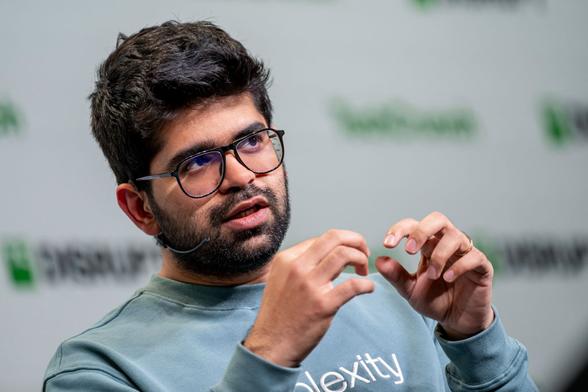Patrick $8 
- 30 Followers
- 171 Following
- 1.2K Posts
The EU is introducing an energy label for phones, together with mandatory requirements for phones sold in the EU;
- 5 years of software updates (AFTER they stop selling the device in the EU)
- providing important hardware parts (during sale and for 7 years after), including free software (if needed), to every repair shop, within 5-10 business days
- batteries have to make 800 charging cycles and still be above 80% original capacity
And on top of that, phones and tablets need this energy label (which also includes a fall damage durability and repairability score), and abide by the above requirements, from 20 June 2025.
(https://energy-efficient-products.ec.europa.eu/product-list/smartphones-and-tablets_en)
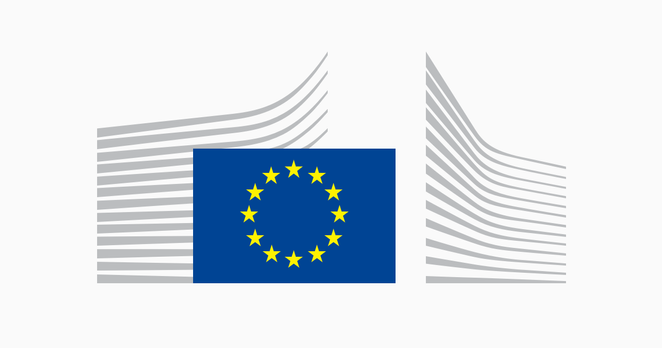
Smartphones and Tablets
Product Energy Efficiency - Smartphones and Tablets. The 2023 regulations cover smartphones, feature phones, cordless phones and slate tablets. They do not apply to tablet computers, to products with flexible main display (roll-up), and to smartphones for high security communication. Energy labelling is foreseen only for smartphones and slate tablets.
married, filing separately sign on
head of household sign on
Researchers at Harvard Business School and University of Toronto used unique data to quantify the value of open source.
Takeways:
* Supply-side (cost to recreate) is ~$4.15B, but demand-side (value to firms) is $8.8T. Shows massive cost savings & productivity boost from OSS.
* If OSS didn't exist, firms would need to spend an estimated 3.5 times more on software than they currently do. OSS provides a massive, often invisible, productivity boost.
* A tiny fraction of OSS developers create the vast majority of value. Only 5% of developers are responsible for over 96% of the demand-side value
* Firms should not just "free ride" on OSS but actively contribute to the ecosystem, as this is far cheaper than recreating the software themselves.
Source:
https://www.hbs.edu/ris/Publication%20Files/24-038_51f8444f-502c-4139-8bf2-56eb4b65c58a.pdf

 ☀️
☀️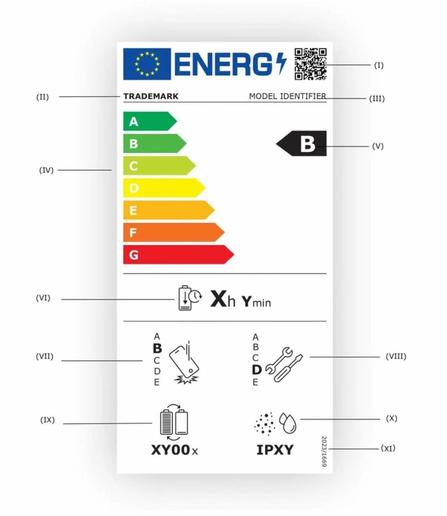


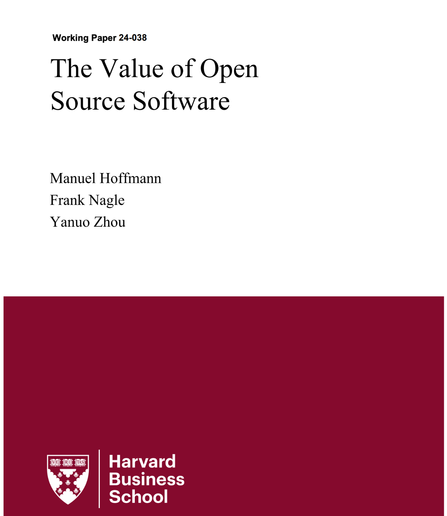



 🇵🇸
🇵🇸 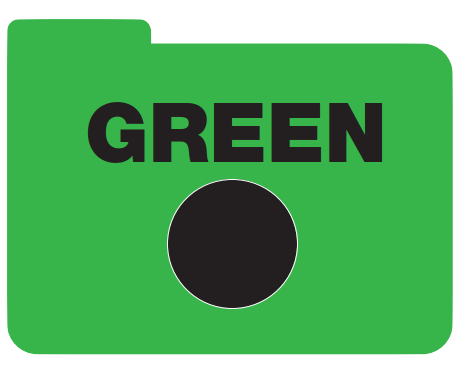

 forever
forever
 there's so much planned obsolescense, especially with the batteries
there's so much planned obsolescense, especially with the batteries




 🏳️⚧️
🏳️⚧️ 





 shh don't give them any ideas
shh don't give them any ideas



